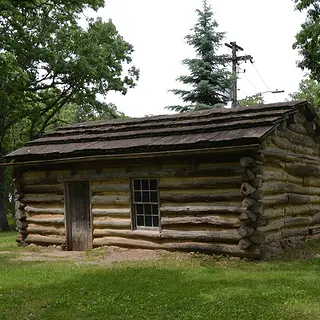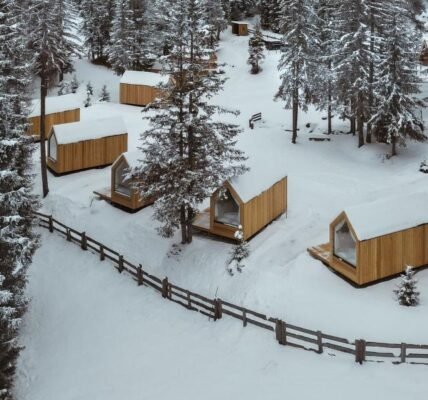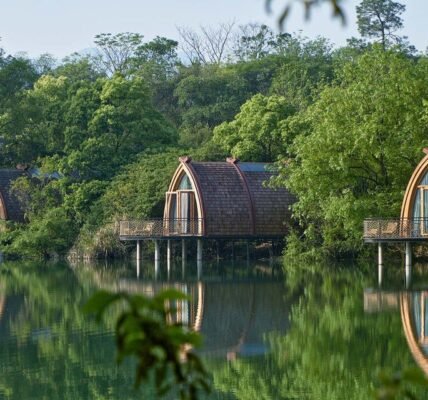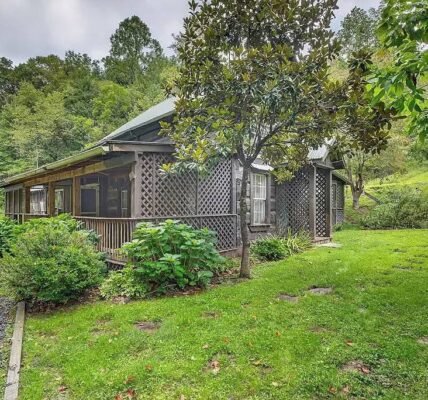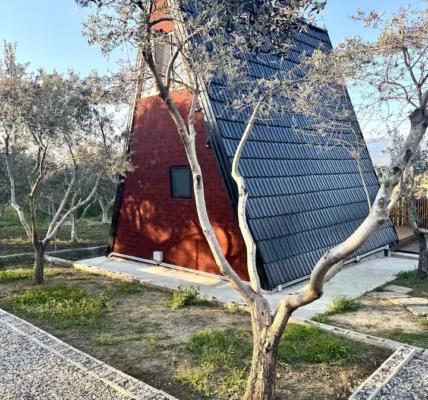In the quiet town of Arnolds Park, Iowa, there stands a simple log structure that carries with it a story of survival, loss, and resilience. Known as the Spirit Lake Massacre Log Cabin, this unassuming building is a direct link to one of the darkest episodes in Iowa’s frontier history: the Spirit Lake Massacre of 1857.
The Massacre of 1857
In the bitter winter of 1857, tensions between settlers and a band of Wahpekute Dakota, led by Inkpaduta, erupted into violence. The Dakota attacked scattered homesteads near Spirit Lake, killing more than 30 settlers and taking four women captive.
Among those killed were members of the Gardner family, whose modest log cabin became central to the story. Abbie Gardner, just 13 years old at the time, was one of the captives who survived the ordeal. Her later writings about the attack would ensure that the tragedy was never forgotten.

The Gardner Cabin
The Gardner family cabin, built of rough-hewn logs, stood as a silent witness to the massacre. After the tragedy, the cabin became a site of pilgrimage for both locals and curious travelers who wanted to see where the event unfolded.
In later years, Abbie Gardner herself returned to the site, purchased the cabin, and opened it to the public as a museum. Through her efforts, the building was preserved, and the story of those who lost their lives was retold to each generation.


A Place of Memory
Today, the Spirit Lake Massacre Log Cabin is maintained as a historical site and museum. Visitors can step inside and see relics, photographs, and artifacts connected to the massacre. Standing inside the dimly lit cabin, it’s easy to imagine the harshness of frontier life—and the terror of that winter day in 1857.
While it remains a place of sorrow, the cabin also represents resilience. Abbie Gardner’s survival and lifelong dedication to telling the story turned a site of tragedy into a powerful memorial.
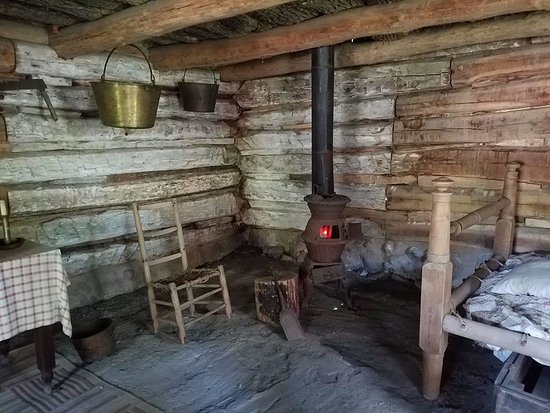


Why It Still Matters
The Spirit Lake Massacre Log Cabin is more than just a building—it’s a reminder of the fragile relationship between settlers and Native peoples in the mid-19th century, and the human cost of conflict on the frontier.
For history enthusiasts and travelers seeking a deeper connection to Iowa’s past, the cabin offers a rare opportunity to step directly into the landscape of history, where every log and stone holds the weight of memory.

